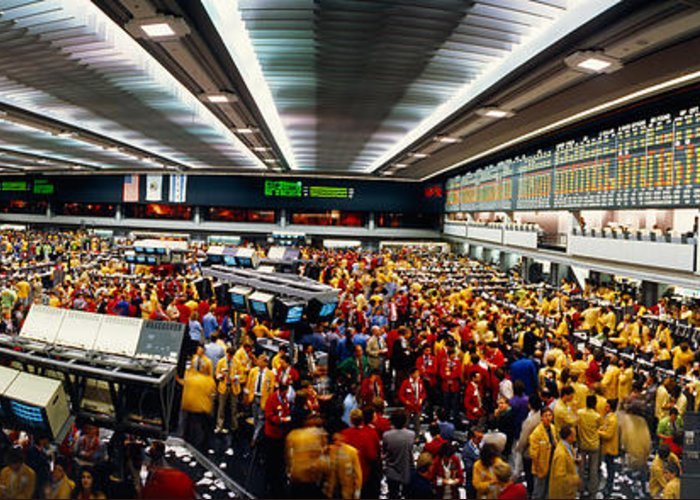
Gap trade is referred to as a tool of determining the gaps in your stocks and giving your intelligence to enhance and inform your trading. Primarily, you should input your stock symbols in form of charts and select your percent gap. It is advisable that you lay down your gap at three percent and stock chart at more than five months. A trader dealing in gaps will be identifying both down and up gaps. It is also significant to consider adjusting your percentage gap until it becomes present. In a situation where your premarket stock has a gap up, it should be considered a candidate for a sell indication. In state where your stock has a gap down, it is considered a candidate for a buy sign. After the closing of the gap, you will make a decision either to stay or sell. It is recommended that you wait for some few days to achieve the most out of your business.
Even if a stock gaps down or up, that does not mean that the stock will keep on being up or down. It would be best if remain patient. It is also fundamental to conduct research on your stock that includes quarterly earnings and market news, so that you get to learn several firms that you have interests in and to have confidence that you are investing in a sensible thing, given your situation.
It is also vital to experiment if you charge the gap percentage between two and five percent. It is advisable you rank your funds into four similar positions. You should also avoid investing one hundred percent until there are four gaps you are making trade on. When it comes to gap trade, it is considered a tool to make you an excellent day trader. You need to continue practicing to an extent that you feel comfortable with your capability to trade. You are in a position of using tools from portals such as pre-market gainers, pre-market scanner, market news, and premarket stock news to help you find out how the stock market will be opening. Gaps often occur because of the technical aspects or underlying essentials.
For instance, in a situation where a firm earnings and much higher than not should be, the firms stock might gap up the following day. This means that the price of the stock opened higher compared to the day before, hence leaving a gap.
When it comes to some market, it is not unfamiliar for the report to result to extreme buzz that bit extends the bid and ask spread to a point that a crucial gap can be seen. Comparably, a stock that breaks a new high in the present session may be opening higher in the coming session, therefore gaping up for fundamental reasons.
When an individual says a gap has been filled, that indicates that the price has gone back to the earlier pre-gap level. You will find that these fills are very ordinary and happens because of the following: First, present spike may have been overly pessimistic or optimistic, hence bringing a correction.
